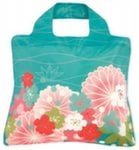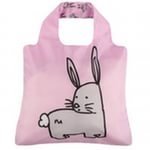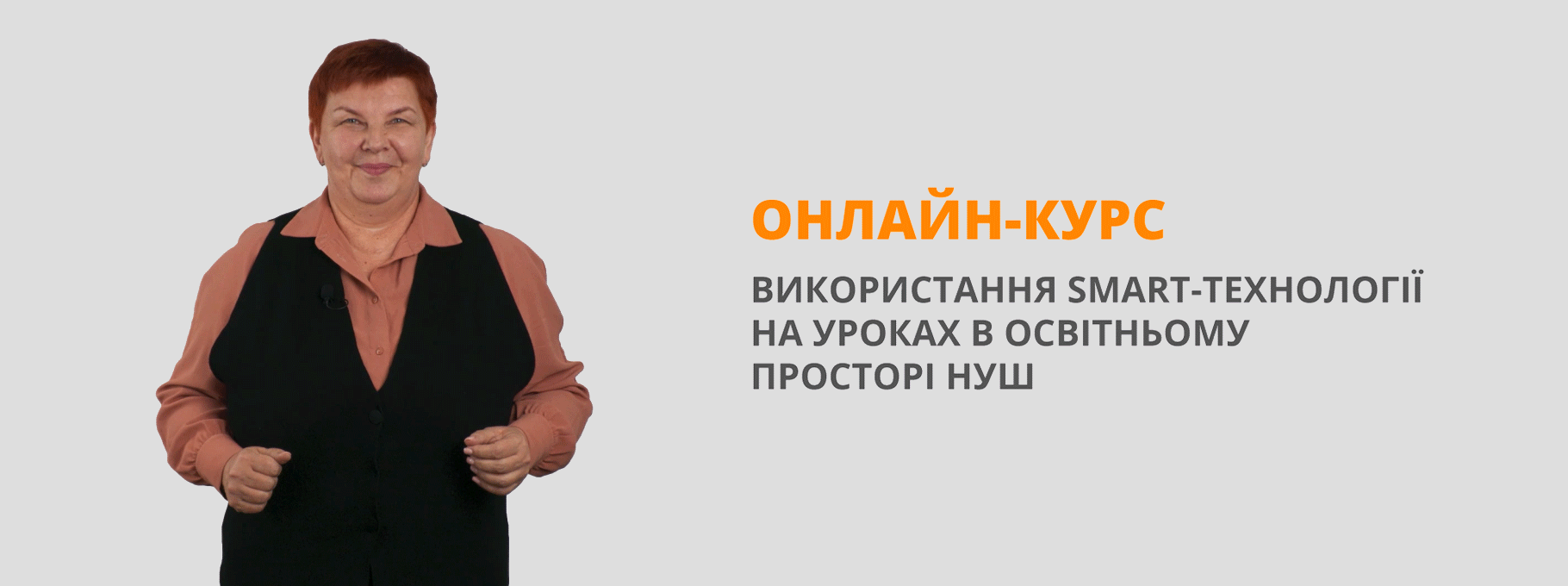Розробка уроку «Їжа» з англійської мови в 5 класі ( за підручником О.Карпʼюк)
План-конспект урокуз англійської мови для 5 класу «Їжа» ( за підручником О.Карпʼюк)
All About Food (5 клас)
Практична: практикувати учнів у читанні та розумінні прочитаного;
Повторити зчислювальні та незчислювальні іменники, структуру there is...\there are...: some\any:
активізувати лексику по темі;
План-конспект уроку
з англійської мови
для 5 класу
«Їжа»
( за підручником О.Карпʼюк)
Підготувала вчитель
англійської мови
Коржук Алла Іванівна
2015-2016 навчальний рік
Topic: All About Food (5 клас)
Aims:
Практична: практикувати учнів у читанні та розумінні прочитаного;
Повторити зчислювальні та незчислювальні іменники, структуру there is...\there are...: some\any:
активізувати лексику по темі;
освітня: сприяти розширенню лінгвістичного кругозору учнів при роботі над темою, перевірити вміння та навички учнів з теми;
розвиваюча:розвивати навики розуміння тексту на слух; усного мовлення, розвивати діалогічне мовлення; увагу, фантазію, мислення;
виховна:виховувати у школярівмотивацію до володіння англійськоюмовою; уважне ставлення до свого здоров’я, культуру мови, увагу та доброзичливеставлення до товаришів; створити умови для вдосконалення культури спілкування;
Equipment: мультимедійна дошка, роздатковой матеріал, підручник.
Хід уроку
I.Початок уроку. Організаційний момент
Підготовка до сприйняття іншомовного мовлення.
Greeting:
Good morning, children! Nice to see you all!
Look at the pictures on the blackboard and try to guess the topic of the lesson. Use the first letters of the words.
Fish Onion Omlette Desert
On today`s lesson we`re going to speak about food. We`ll read a text about English meals, rememmber the names of different kinds of food, work in groops, listen to the text “Lunch at School” and do a test.
So, let`s start
Warming up
1.Фонетична зарядка
2.Guess the riddles - I have a basket. You have to put some food into the basket but what food you have to guess. Take the envelope and guess the riddles about food.
- It’s a vegetable. It’s round and yellow.
It makes you cry when you try. (An onion)
- It's a long, orange vegetable. Rabbits like it.
(A carrot)
- It’s white. You like to drink it.
We get it from the cow. ( milk)
- It’s not a vegetable, not a fruit.
It is cold and sweet. It is made of milk. (An ice-cream)
- It’s oval and green.
It’s a vegetable. (A cucumber).
6) It is long and yellow fruit. It is sweet and tasty. It grows in the tree.
Monkeys like to eat it. (A banana).
7) It is a vegetable. It is red.
(A tomato).
3 Гра
”Do you know national food?”
II. Основна частина уроку.
1.Reading: Very nice! You`ve told me about food that you eat. And now let`s read a text about english meals.
English Meals
The English take four meals a day: breakfast, lunch, tea and dinner or supper. In England breakfast time is between seven and nine, lunch time is between twelve and two, tea is between four and five and dinner or supper time is between seven and ten.
In some English houses lunch is the biggest meal of the day – they have meat or fish, vegetables, fruit or pudding.
Some people who go out to work have sandwiches and coffee.
In the afternoon, at tea time the English, as you know, like to have a cup of tea with milk.
Some Englishmen have theirdinner late in the evening. For dinner they have soup, fish or meat, vegetables, pudding and fruit.
For supper they usually have a glass of milk and a cake or a cup of tea and a sandwich.
But there are people who like to have some more things to eat for supper – cold meat or fish. Then they usually try to take a good walk after supper: “after dinner sleep a while, after supper walk a mile”, the English proverb goes.
1.1 Now answer my questions:
- How many meal do the English have a day? What are they?
- What time do the English have breakfast?
- What time do the British have lunch?
- What time do the British have dinner or supper?
- What do they have for lunch?
- How do they like to drink their tea?
- What do they have for dinner?
- What do they have for supper?
- What does the English proverb go?
1.2 Group Work: Let`s devide into groups of four. Each group will have a certain task. Do it as quickly as possible.
Group 1. Agree or dissagree:
- The English have four meals a day.
- In England breakfast time is between nine and twelve.
- Lunch is the biggest meal of the day in all English families.
- The English like to have tea with milk.
- The English proverb says: “ After supper sleep a while, after dinner walk a mile”.
Group 2: Complete the sentences:
- The English take ______ meals a day.
- In England breakfast time is between ___ and _______.
- In some English houses lunch is the ___ meal of the day.
- For dinner they have _____, fish or ____, vegetables, _________ and ________.
- “After _______ sleep a while, after _____ walk a mile”.
Group 3. Think about the plan to the text:
1.
2.
3.
4.
5.
Well done! Tell me once more what English proverb have we learnt?
“After dinner sleep a while, after supper walk a mile.”
We should follow this proverb in order to be healthy.
2. Grammarwork.
As you know allnouns are divided into two groups: countable and uncountable. Countable nouns are things that you can countand they have a singular and plural form. Uncountable nouns are things that you can’t count and they have only a singular form.
These things are usually uncountable:
- Kinds of drinks: milk, tea, coffee …
- Kind of food, which you eat only part of a time: cheese, fish, meat…
- Materials: paper, plastic, iron, gold…
- Some other things: music, money, information, news…
2.1 There is so much food in ourshop. Help me please to do shopping.
I have two bags andyoumustputthingsfromshopshelvesintocorrectbag.


Countable nouns Uncountable nouns
Coffee jam bacon yoghurt
Apples tomatoes sugar sweets
Butter egg s oranges ice-cream
Carrots honey bananas cucumbers
2.2 Now say what you have in each bag using There is/There are
2.3 Some/Any
Who can tell me when we use some and any?
(We use some in affirmative sentences and we use any in negative sentences and questions).
There’s some milk on the table.
Are there any tomatoes in the fridge?
There aren’t any sausages.
3. Pairs work. (work with cards). Complete the dialogue with some and any.
Variant 1
Tony: Let’s have _________ lunch.
Liz: Ok. Is there ________ pizza in the fridge?
Tony: No, there isn’t.
Liz: What have we got?
Tony: There’s ________ cheese. And there’s _______ ham.
Liz: Is there ________ butter?
Tony: Yes, there is.
Liz: OK. Let’s have ham and cheese sandwiches.
Tony: Ok.
Variant 2
Tom: Is there _______ coffee?
Garry: No, there isn’t _______ coffee , but there is some tea.
Tom: No, thanks. Is there _______ hot chocolate?
Garry: Yes, there is. And there is _______ toast.
Tom: Good. And is there _______ ham?
Garry: No, there isn’t any ham, but there is ________ cheese.
Tom: Can I have a hot chocolate and ________ toast and cheese, please?
Garry: OK, here you are
4. Relaxation Period
5. Listening: You are going to listen a text, but before that let`s remember some words.
- To be hungry – бути голодним
- To be thirsty – хотіти пити
- Burger – бутерброд
Lunch at School.
Twelve o`clock is the time for lunch in our school. Children are running to the school cafe. They are thirsty and very hungry. Today they have some potatoes and some fish, a glass of tea and some biscuits for their lunch. There are also different kinds of burgers, pizzas and salads. Pupils can buy bottles of water, cans of lemonade or cartons of juice. My friend Pete likes to buy a bar of chocolate or a box of sweets. We like to have lunch at school.
5.1 Discussion:
What is this text about?
Where do children have their lunch?
Are they thirsty and hungry?
What can they eat at the school cafe?
What can they drink there?
5.2 Checking of understanding: Now let`s see how you understand the text. Do the test.
Test
1. Children can have lunch at …
a. School b. home c. work
2. They have lunch at …
a.12 o'clock b. 1 o'clock c. 2 o'clock
3. The pupils … after the lessons.
a. Go home b. do homework c. are hungry
4. Today they have …
a. Some potatoes and some fish
b. Some rice and some salad
c. Some porridge and some meat
5. Pupils can buy …
a. Flowers b. bottles of water c. some butter
6. My friend Pete likes to buy…
a. Oranges b. chocolate or sweets c. juice
7. We like to have lunch at …
a. Home b. the lesson c. School
Take your neighbour`stest paper and give yours instead and check.
1.a 2.a 3.c 4.a 5.b 6.b 7.c
Writing Skills: Let`s write a bit. You should fill in each blank with some or any.
- We don’t need ________ butter.
- I want ________ flour because I am going to bake a cake.
- Is there _________ milk in the bottle?
- 4. We don’t need _______ eggs.
- 5. There aren't ________ soup in the fridge.
- 6. There is _________ tea in the cup.
ІІІ Заключна частина уроку
Summarizing: We`ve done a good work today.
Homework.
The lesson is over. Good-bye!


про публікацію авторської розробки
Додати розробку
